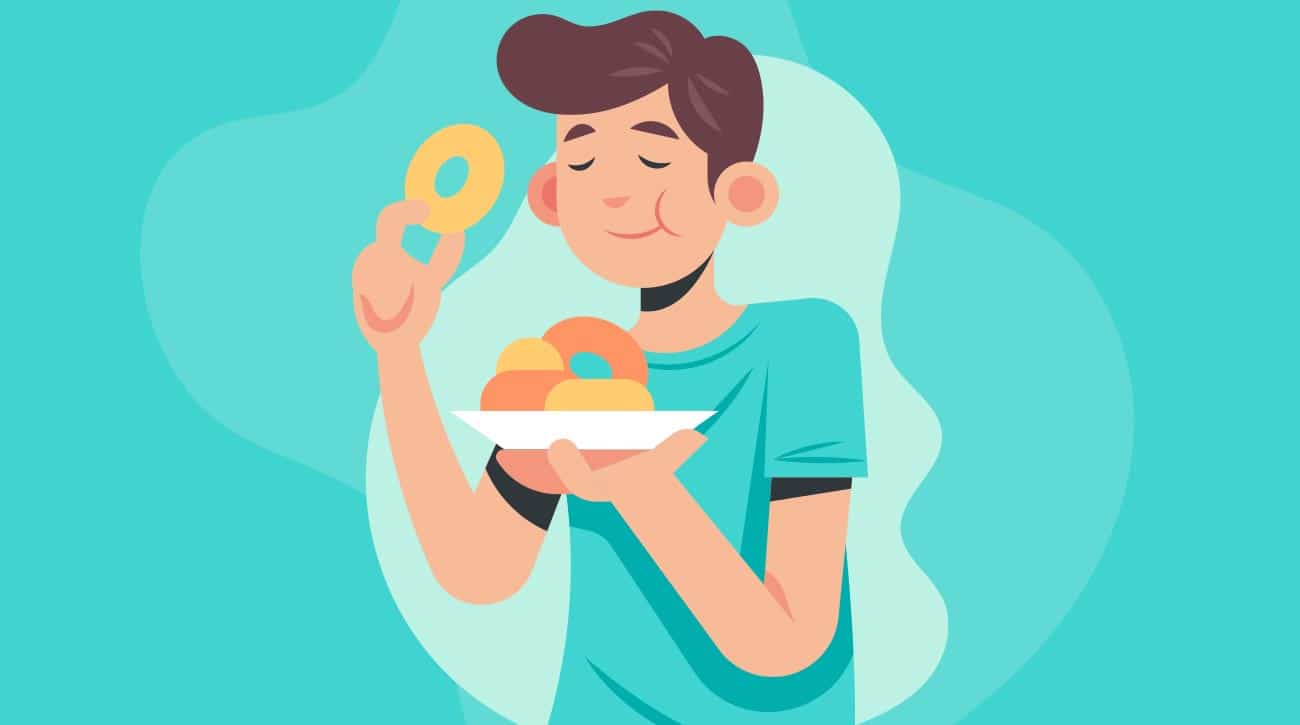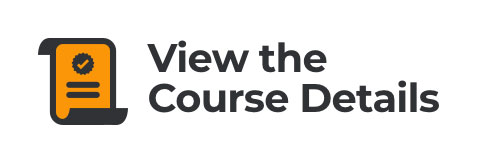Why Salt Matters in Kidney Stone Disease
Your body runs on balance. The right amount of sodium, calcium, and water in your bloodstream keeps everything working smoothly—your nerves, muscles, and kidneys all depend on that balance. When you eat too much sodium, that balance tips too far in one direction.
Sodium’s job is to help control how much water stays in your blood. If sodium levels climb, your body pulls water into the bloodstream to dilute it and bring things back to normal. That’s why you feel bloated or thirsty after a salty meal—your body is trying to even things out.
Your kidneys are the control center for this whole process. When sodium is high, they kick into gear to get rid of the extra. But here’s the problem: sodium and calcium are filtered through the same pathways in the kidneys. So when the kidneys work hard to push sodium out, calcium gets pulled out too. It’s like both minerals are trying to exit through the same revolving door—if one rushes out, the other follows.
Now your calcium balance is off. Instead of staying in your bones where it belongs, some of that calcium ends up in your urine. Over time, this can weaken bones and cause more calcium to be excreted in your urine—the perfect setup for stone formation. Dr. Coe (my mentor and founder at https://kidneystones.uchicago.edu/) has always said, “Where you see a stone clinic, a bone clinic is close by.” It is common for my stone patients to have bone disease as well.
High sodium also makes your body lose water through urine, so you end up producing less total urine. That means the calcium and oxalate in your urine become more concentrated, making it easier for them to stick together and form stones.
In short:
Too much sodium throws off the balance between sodium, calcium, and water. The kidneys respond by:
- Pulling calcium from your blood (and bones) to get rid of sodium
- Losing water, which makes your urine more concentrated
- Creating the perfect conditions for kidney stones
Below are 25 foods that fool almost everyone.
- Bread and bagels
- Cottage cheese
- Breakfast cereal
- Salad dressings
- Bottled sauces (BBQ, teriyaki, soy, etc.)
- Deli meats (especially turkey and chicken)
- Rotisserie chicken
- Canned vegetables
- Canned beans (unless rinsed well)
- Instant oatmeal packets
- Flavored rice or pasta mixes
- Pre-made soups
- Pickles and olives
- Condiments
- Cheese (especially processed slices)
- Baking mixes (pancake, muffin, cornbread)
- Frozen dinners
- Restaurant and fast food meals (but you know that already)
- Burritos and tacos (Chipotle is so high in sodium)
- Pizza crust and toppings
- Crackers
- Canned tuna or salmon (unless labeled “no salt added”)
- Plant-based meats
- Protein bars and powders (make your own with my special recipes)
- Vegetable and tomato juice
- Club soda and mineral water with added sodium
How much sodium should you aim for to reduce stone risk and improve overall health?
1,500-2,000 mg/day. I give the upper range because patients tend to go lower, and we don’t want that. Less is not always better.
Action step:
Skipping the shaker isn’t enough. “Turn it around, Buster Brown,” and look at your nutrition labels.
See my full guide for cutting sodium without losing flavor.
And here are salt-free seasoning recipes for snacks and more!
Your friend,
Nurse Jill














Leave a Reply